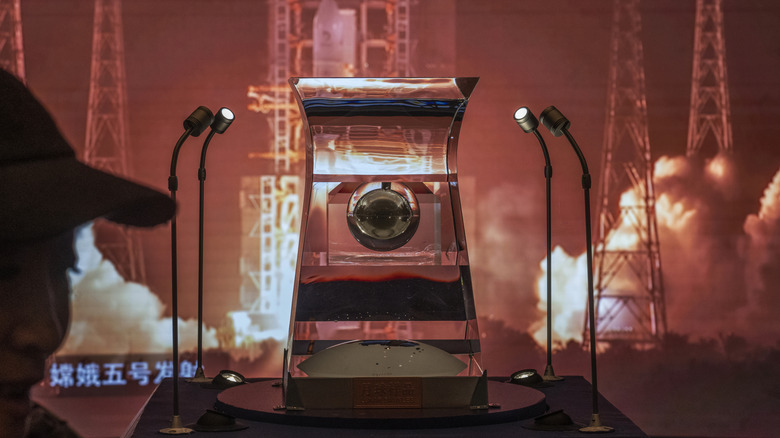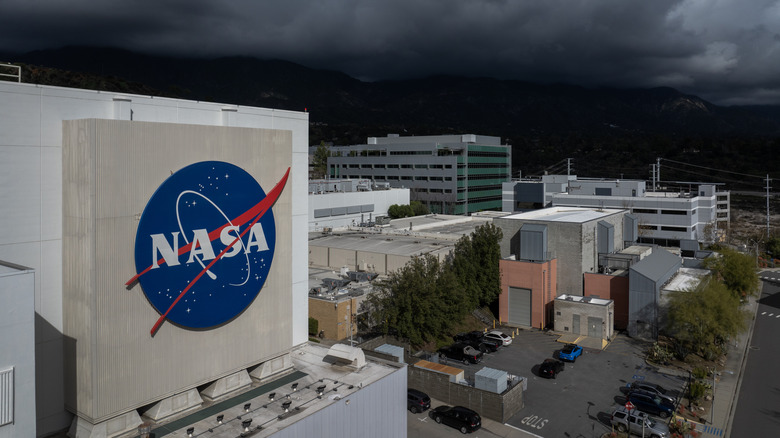When moon rocks are more valuable than diamonds, a scientist do whatever it takes when the opportunity arises to get their hands on some. The China National Space Administration is lending out lunar samples from a recent uncrewed mission to seven academic institutions. However, the two American universities awarded samples had to privately fund their deals despite already receiving funding from NASA. This era of non-cooperation between the two space agencies stems from a law passed by Congress in 2011.
CNSA’s Chang’e 5 launched from Hainan Island in the South China Sea in November 2020. Its destination was the Moon. While in lunar orbit, an uncrewed lander detached from the orbiter and touched down on the surface. After drilling and collecting 4.4 pounds of the Moon, the sample was blasted back up to the orbiter for a unique return trip. The Chang’e 5 orbiter bounced off the atmosphere over the Arabian Sea in a ballistic skip reentry and dropped a capsule containing the Moon sample. The capsule landed in Inner Mongolia while the orbiter remained in space.
The scientific value of the returned moon sample was immeasurable. Chang’e 5 was the first lunar sample return mission since Luna 24, conducted by the Soviet Union in 1976. Not to mention, Chang’e 5’s landing site hadn’t been visited by the Soviet Luna program or NASA’s Apollo program, so it offered the opportunity to compare different portions of the lunar surface. The mission was so important that the CNSA planned Chang’e 6 as a backup attempt in case the prior mission failed. Once Chang’e 6 was completed in 2024, the Chinese government used its moon rock abundance as an opportunity to garner goodwill with the international community.
Congress won’t allow NASA to collaborate with China
Brown University and the State University of New York at Stony Brook were the American institutions selected to borrow portions of the Chang’e 5. However, I wouldn’t use the term “borrow.” According to Space.com, Stony Brook planetary scientist Timothy Glotch plans to test the sample’s thermal properties and testing will likely destroy the sample. Both universities had to privately fund these efforts due to the Wolf Amendment. The 2011 law banned NASA from collaborating with CNSA by any means without prior congressional approval.
The Wolf Amendment was enacted over concerns that collaborating with the Chinese government would compromise national security. However, NASA often worked with foreign space agencies tied to governments that directly opposed the United States. The Space Race ended with the Apollo-Soyuz joint mission in 1975 and started an era of international collaboration in space. This era has seemingly come to an end with Russia’s invasion of Ukraine. There are not two separate camps attempting to put a person on the Moon: the NASA-allied Artemis Accord signatories and those tied to the joint CNSA-Roscosmos. Chinese officials have accused the United States of blocking countries from joining its effort, and those accusations aren’t entirely untrue.



